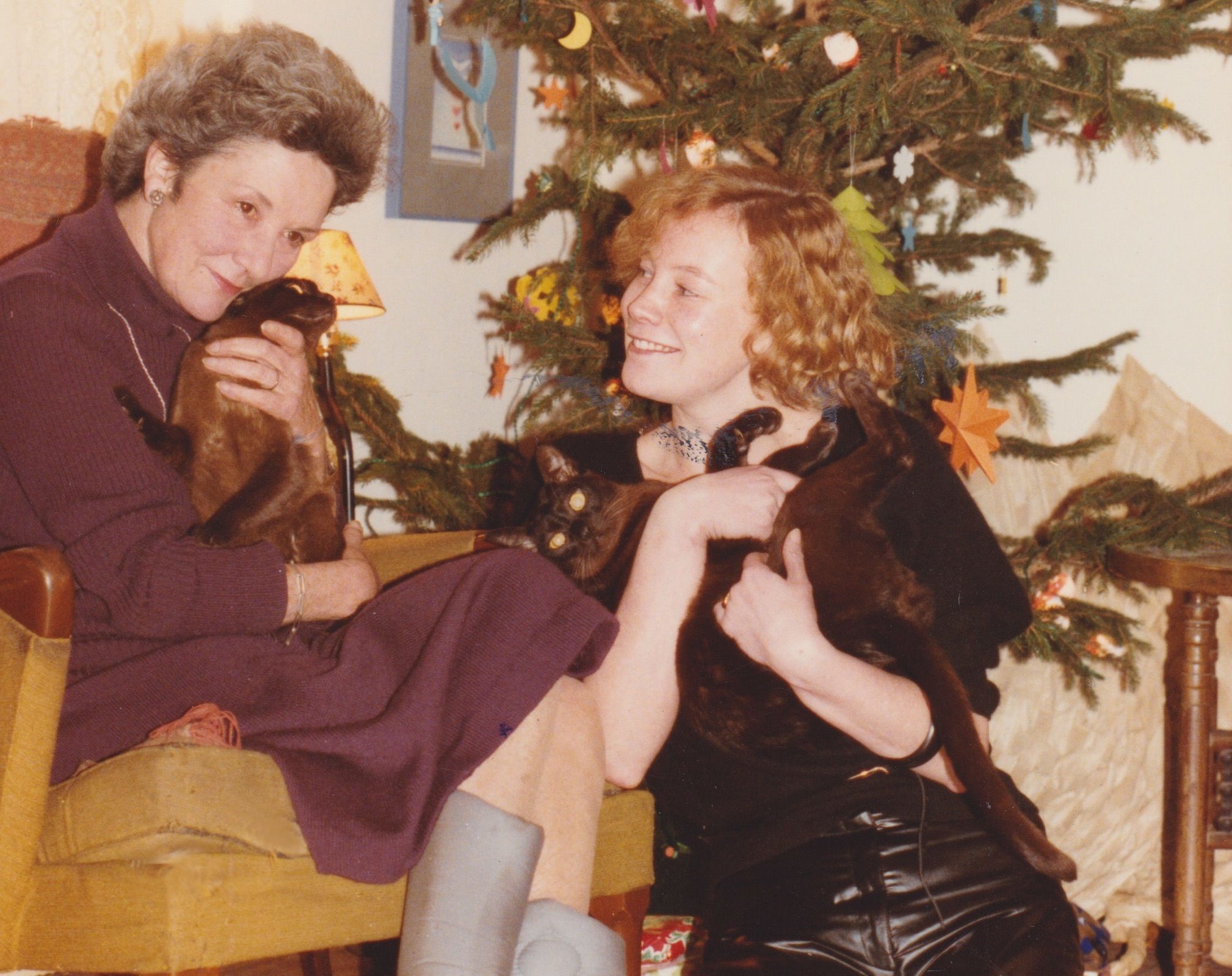
THE decision to have children later in life, coupled with us living longer, has created what has become known as the ‘sandwich generation’.
These are the overstretched people looking after their children while trying to care for elderly parents.
It’s a situation that will only heighten and it has led author Kate Beaufoy to write a novel, The Gingerbread House, based on her own experiences.
WHEN Kate Beaufoy’s mother-in-law became gripped by dementia and required a live-in carer, she volunteered.
Kate not only adored Eleanor but she had just brought up her daughter. So how hard could it be to look after an elderly lady?
Within days, the Belfast-born author had her answer.
It was tough, excruciatingly so. “I was a woman of middle years and I thought I should be able to do it as part of the family,” explained Kate, whose grandparents lived in Edinburgh.
“I had no idea it would affect me the way it did.
“The biggest percentage of carers are women, but who is caring for the carer?
“Women are having babies later in life and parents are living longer, so the ‘sandwich generation’ are between a rock and a hard place, being stretched in both directions.”
After her time looking after Eleanor – Kate put her thoughts and feelings down on paper and then locked the manuscript away in a drawer.
She didn’t intend to ever publish it.
She said: “I wrote it as a form of therapy immediately after my experience in just five weeks. I was 50 when I wrote it and I’m 60 now.
“I came across the book when we were having a clear-out for a house move.
“When the publishers asked me if I was working on anything, I decided to send them The Gingerbread House – and they liked it.”
The Gingerbread House has just been published.
“I’m not an expert on dementia. This is just my experience but I’ve been inundated with friends telling me their stories of caring for elderly relatives,” Kate said. “Governments can’t pretend any longer that this isn’t an issue.”
Kate became Eleanor’s carer when one of the regular carers left.
“But just a few days in, I knew I couldn’t do it,” she said.
“Where she lived was quite remote and I went there with no car and no village to walk to. It was a profoundly isolating experience and three weeks felt like three months.”
Kate realised she had to be on her toes.
“Some-times Eleanor was difficult company, other times she was pleasant,” she admitted. “I knew if she became distressed, she could lose it, which was scary.
“She didn’t know who I was every morning when I came through with breakfast, so I had to explain who I was and that I was married to her son and then she would offer congratulations.
“After three weeks I felt I couldn’t keep myself sane or look after her with the duty of care she needed.
“I ended up losing half a stone. I was existing on vitamin supplement Complan.
“Looking after a baby is hard work but it has its joys. We see them learning but here, every day brought a fright.
“A child is like complex embroidery whereas living with someone who has dementia is like knitting that is fraying at the edges.”
Eleanor was eventually admitted to a home and passed away aged 93.
Kate’s only previous experience of dementia was when her gran, Winifred, was diagnosed with Alzheimer’s while living in Morningside.
Winifred had lived in Edinburgh with artist husband Albert Charles Dobbs, who was the inspiration for the character of Teddy Lloyd in The Prime Of Miss Jean Brodie.
“I was living in Dublin when my gran was ill and my mum cared for her,” Kate said.
“Gran was a graduate of Cambridge, intellectual and cultured.
“She had to go into a home and I visited her once.
“ I remember how distressing it was, but it wasn’t until my experience with my mother-in-law that I realised it was something that happened a lot and perhaps wasn’t being talked about as much as it should have been.”
The Gingerbread House, Black & White Publishing, is out now.

Enjoy the convenience of having The Sunday Post delivered as a digital ePaper straight to your smartphone, tablet or computer.
Subscribe for only £5.49 a month and enjoy all the benefits of the printed paper as a digital replica.
Subscribe